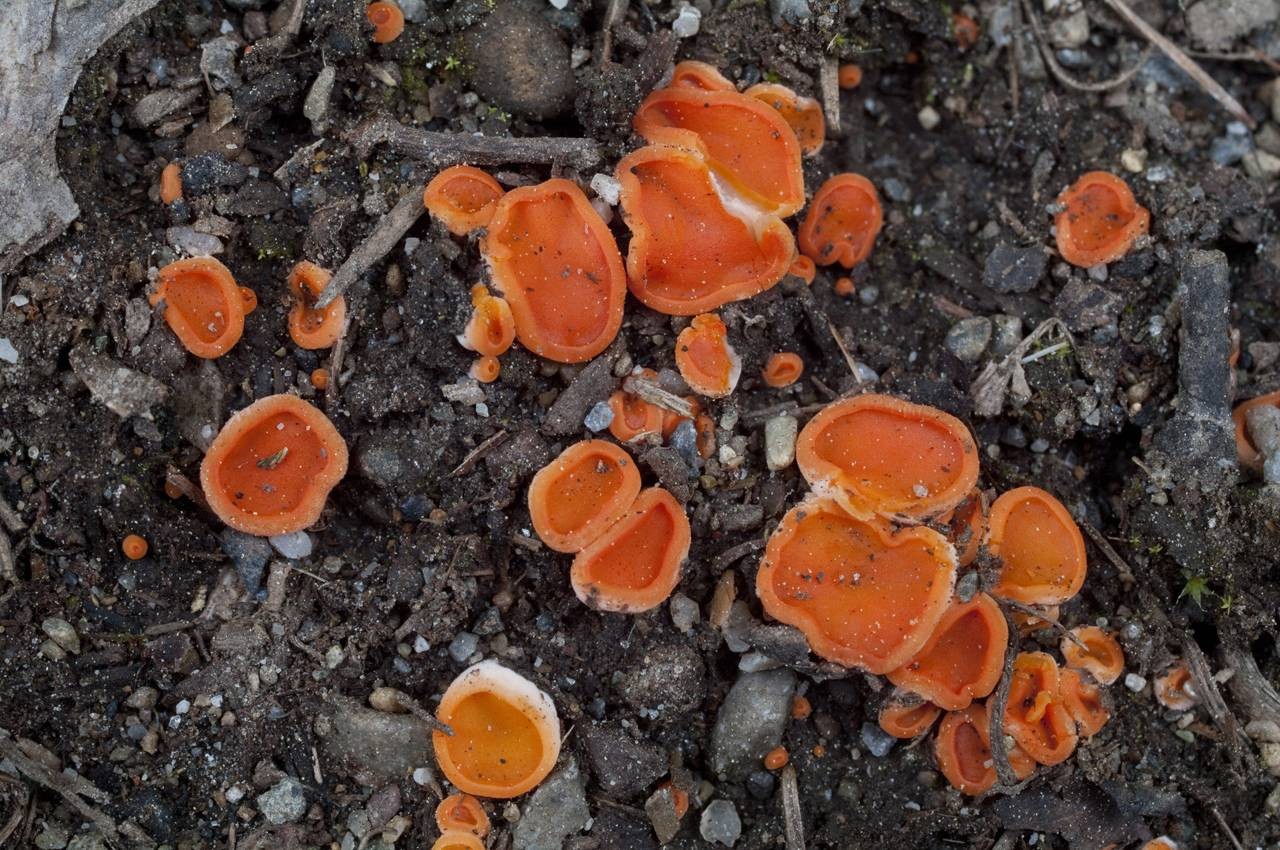Pulvinula
Scientific name: Pulvinula
Pulvinula
Scientific name: Pulvinula
 Photo By Drew Parker (mycotrope) , used under CC-BY-SA-3.0 /Cropped and compressed from original
Photo By Drew Parker (mycotrope) , used under CC-BY-SA-3.0 /Cropped and compressed from original Description
Pulvinula are fascinating organisms recognized for their cushion-like structures, often found on soil and decaying wood. They thrive in moist environments and play a crucial role in decomposing organic matter, thereby aiding nutrient cycling in ecosystems. Some members of pulvinula exhibit vibrant colors, making them a captivating sight in nature. Their unique shape and ecological function highlight their importance in maintaining the balance of forest ecosystems.